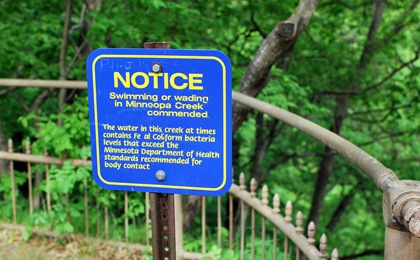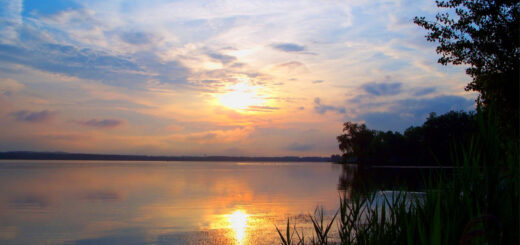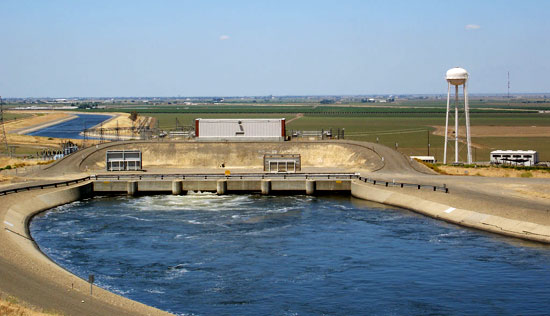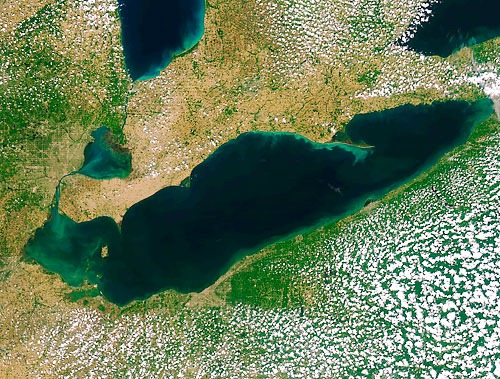County-funded shoreline buffers help protect lakes
0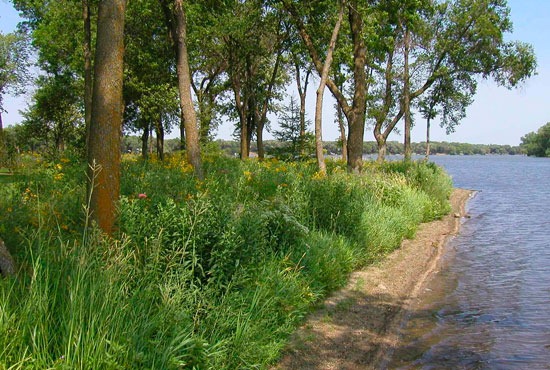
Shoreland buffers like this are far more effective at protecting the soil and water than a trimmed green lawn.
While that vision of the perfect green, trimmed lawn seems an almost indelible facet of the “American Dream,” it can be a nightmare for lake water quality.
Lakeside lawns with nothing but manicured grass don’t do much to stop soil erosion and the runoff of harmful pollutants and sediments into the water. Silt, fertilizer, and pesticides that make it into the lake can stimulate larger algal blooms, increase toxicity, and inhibit fish reproduction.
That’s why a Minnesota county has for years been offering a program through which lakeside property owners can receive funding to plant native vegetation along their property. The plants create a natural shoreland buffer that is more effective at protecting both the water and land.
Stearns County’s buffer program can cover as much as 75 percent of the costs for establishing native plants on an owner’s property. Aletha Tomlyanovich, from Avon, Minn., completed a restoration project in 2003 for her home along Middle Spunk Lake, and the county covered three-fourths of the cost.
“[My neighbors] like the manicured thing. I’m more for the wild stuff,” Tomlyanovich said.
Since Tomlyanovich’s restoration, though, the county has added a requirement that owners who receive funding must agree to a permanent deed restriction, according to the St. Cloud Times.
From the St. Cloud Times:
The deed restriction requires the vegetation and topography to be maintained even if the property is sold or transferred. In other words, the landowner can remove weeds, but not mow down the plants or put in a rock wall . . . . Typically, a recreational area — usually a maximum of 25 feet wide — is left open for a dock or swimming area.
Although Tomlyanovich received the funding before this requirement was in place, she is taking advantage of a new part of the program started last year that allows owners to voluntarily create deed restrictions.
This provides lakeshore owners the opportunity to permanently protect the natural vegetation they’ve planted.
Between 2007 and 2009, Stearns County placed deed restrictions protecting 13 shoreland properties, and more are expected throughout the course of this year as well.
Stearns program ensures lakeshore property remains native [St. Cloud Times] Stearns County Soil and Water Conservation District Protects Shoreline Areas Long-Term [PDF] [University of Minnesota Shoreland Education Team] Native Buffer Program [Stearns County Soil and water Conservation District]
Image Credit: Courtesy of the Stearns County Soil and water Conservation District




